The 10 Biggest HP News Stories Of 2020 (So Far)
From battling Xerox's hostile takeover bid, to meeting demand for work-from-home PCs, to launching new products in print and personal systems, here are the top HP Inc. stories from the first half of the year.

HP's Year So Far
The first half of 2020 was a tumultuous period across the business world, and arguably, HP Inc. was as busy as any tech company out there. Battling a hostile takeover bid from Xerox, meeting the sudden surge in demand for PCs due to the COVID-19 pandemic and working to supply crucial 3-D printed medical parts were among the major events for Palo Alto, Calif.-based HP during the first six months of the year. And all the while, the company had to keep its attention on managing impacted businesses such as printer supplies while releasing new products and supporting its channel partners. "What we are doing is we are staying very close to our partners," HP CEO Enrique Lores said in an interview with CRN in late March. "As you know, partners are the lifeblood of HP. And we are making an incredible effort to stay close to them, to understand what their needs are, and to see how we can support them ... We want to support them in any way they need."
What follows is our roundup of the 10 biggest HP news stories of 2020 so far.
For more of the biggest startups, products and news stories of 2020, click here.
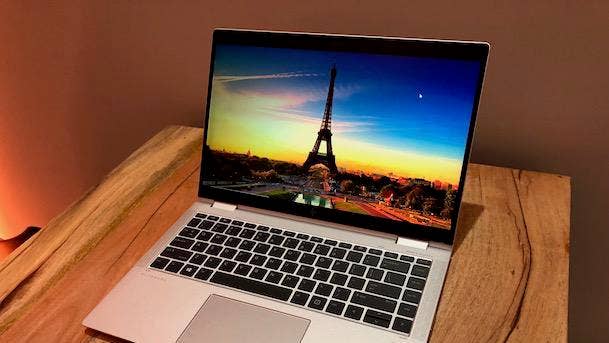
10. New PC Security Offerings
In March, HP announced a set of new PC security offerings to cover all sizes of customer from small businesses to large enterprises with enhanced capabilities as well as new managed services. The announcements included the HP Pro Security Edition, aimed at SMBs, which combines advanced application isolation with endpoint protection that leverages deep-learning technologies. The company also launched a new managed security service for medium-sized businesses, HP Proactive Security, along with two new versions of the Sure Click malware protection solution. HP Sure Click Enterprise is tailored to larger businesses and government agencies, while Sure Click Pro has been made available as a free download through Sept. 30, 2020, for all Windows 10 PCs (both HP and non-HP devices).
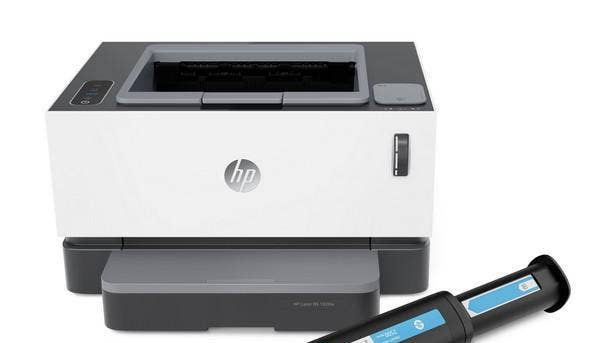
9. Innovations In Print
Also in March, HP unveiled the new HP Neverstop Laser series, aimed at taking the hassle and high costs out of printing for small businesses. The black-and-white printer, available in both single-function and multi-function models, comes with enough toner to print 5,000 pages—which is 7X more than competitive laser products, according to HP. But the even bigger differentiator is that once the Neverstop Laser is out of toner, users can easily refill the cartridge by purchasing a toner reload kit. Users plunge the device down to reload the toner cartridge, and the process of refilling the Neverstop takes just 15 seconds, HP said.
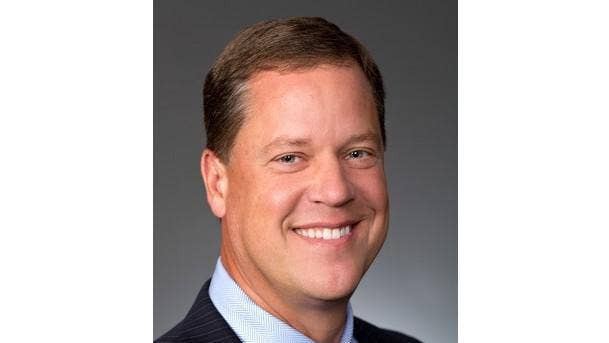
8. Expanding Contractual Engagements
North America Channel Chief Scott Lannum pledged to continue HP's focus on expanding contractual services, such as managed print services and Device-as-a-Service, with its partners. In an interview with CRN in March, Lannum said that a top priority is "to drive more contractual selling" with partners in the coming year and beyond.
"It's our belief that the days of selling transactionally to a customer are going to be replaced--and are in the process of being replaced--with those customized, end-to-end solutions," said Lannum, who is HP's vice president and general manager for Americas commercial channel sales. "It is a key priority for us moving forward to shift our customers from that transactional motion to a contractual relationship, on both the print and the personal system side of the house.”
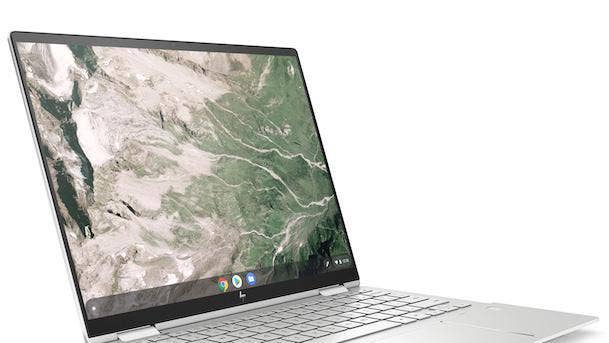
7. New Commercial Notebooks
HP has doubled down on its notebook lineup during the first half of the year as demand surges for work-from-home laptops. In May, the PC maker announced nine new notebooks in its seventh-generation EliteBook series, along with three new business-class Chromebooks.
For the EliteBook portfolio, new models span across the premium EliteBook x360 1000 series, the AMD-powered EliteBook 805 series and the mainstream EliteBook 800 series. HP said many of the enhancements in the EliteBook G7 series are aimed squarely at meeting the work-from-home computing need. Key updates are around portability, connectivity (including a 5G option for some models), battery life (between 23 and 29 hours for many models) and conferencing.
Meanwhile, the new Chromebook Enterprise laptops include the first-ever 1000 series Chromebook in the company's portfolio--the Elite c1030 Chromebook Enterprise, which is HP's highest-end Chromebook for business to date--along with the company's first-ever Pro series Chromebook, as well.

6. 3-D Print Deployment
3-D printing technology has been proving to be an essential tool in the fight against COVID-19, and HP--the maker of the Multi Jet Fusion industrial 3-D printer--has been highly active in the effort. HP and partners using its systems have produced more than 2.3 million 3-D printed parts for medical applications, the company reported. These include parts required for face shields, face masks, ventilators and respirators.
While HP's 3-D printer systems are obviously meeting a crucial need during the crisis, the systems are also getting greater exposure--which could mean wider deployment in the future.
"This pandemic has shown the benefits of 3-D printing--specifically, speed, agility and localized production," Lores said in May during HP's quarterly call with analysts. "This has led to deeper, more strategic engagement with customers, as they evaluate their supply chain and consider a more distributed manufacturing model."

5. Supplies Woes Continue
Already in decline for more than a year, HP's crucial supplies business took a bigger hit in the company's fiscal second quarter, ended April 30, amid the coronavirus pandemic. Supplies revenue fell 15 percent during the quarter to $2.84 billion, year-over-year. "We're dealing with larger supplies revenue declines, driven by commercial," CFO Steve Fieler said during HP's quarterly call in May.
HP's third fiscal quarter is only expected to be worse for the supplies business, as many offices remain closed or have lower occupancy than in the past. In Q3, "we expect supplies revenue to be more pressured than Q2," Fieler said.
However, subscriptions to HP's Instant Ink service surpassed 7 million during the recent quarter, representing a "very significant increase," Lores said. "This is actually going to help us to accelerate the strategy that we had in that category."

4. Supporting Partners During A Crisis
At the beginning of April, HP rolled out an array of relief measures to channel partners to help improve their financial stability during the economic upheaval. The initiatives, which cover both personal systems and print, have included market incentives and more predictable rebates, as well as deadline extensions for partner reporting.
With HP generating about 88 percent of its revenue indirectly, partners are "an integral part of the family," said Christoph Schell, chief commercial officer at HP, in an interview with CRN. "I think it's important that we look at this crisis in the context of, how can we ensure business continuity for our partners, by making sure that our partners are able to cope? … We feel we are in a position to help our partners."
HP has been offering "short-term, market and country-specific incentives for channel partners," the company said. Some of the incentives have been margin-related or cash-related, while others have been around payment terms such as cash discounts, Schell said.
HP also moved to a flat-rate incentive program, eliminating the need for partners to achieve certain criteria so they can earn rebates in a more predictable manner. The measures have come in addition to financing help that HP's Integrated Financial Solutions group and finance partner DLL have been offering for partners and customers.
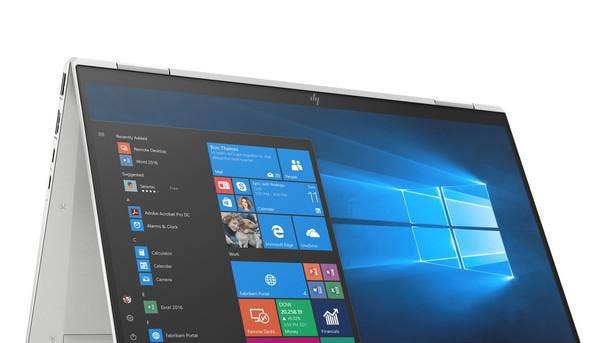
3. Shift To Notebooks Accelerates
While there's been plenty of anecdotal evidence that businesses have been rapidly shifting to notebooks from desktop PCs for remote work purposes, HP's latest earnings report offered proof. Unit sales of notebooks climbed 5 percent from the year-ago period during HP's fiscal second quarter, while unit sales of desktops plunged 23 percent, the company reported.
This shift is not expected to subside for HP any time soon, either. "As the work-from-home trend continues, we expect to continue to see [the notebook business] performing well, especially in the medium and long term," Lores said in May during a call with reporters and analysts.
HP also reported a significant backlog of notebook orders that couldn’t be fulfilled in Q2 due to production constraints, caused by the manufacturing shutdowns in China and Southeast Asia from COVID-19. "We are looking at addressing that during Q3, as now we have most of our manufacturing capacity back in place," Lores said. "This is our goal--to close the backlog during Q3."
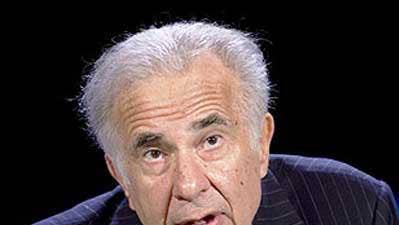
2. Battling A Hostile Takeover
During the first three months of 2020, HP worked across multiple fronts in its attempt to fend off Xerox's $34.9 billion hostile takeover bid. HP adopted a shareholder rights plan in early February, then several weeks later announced a massive share buyback--with a promise to return $16 billion in capital to shareholders from its fiscal 2020-2022. HP also got aggressive around its criticisms of the Xerox bid, with executives saying the deal "compromises the future of HP and the value of HP's shares" while thoroughly dissecting the "flawed" deal during a quarterly call with analysts.
At other points, HP called Xerox "a company of questionable value" after it reported declining revenue, and singled out Xerox backer Carl Icahn (pictured) for criticism as well--saying the activist investor was "not aligned" with the interests of other HP shareholders (Icahn has held a 4.24-percent stake in HP). HP also took the unusual step of disclosing its version of a private meeting, between Xerox CEO John Visentin and former HP CEO Dion Weisler, in which Visentin is referenced as saying that he preferred to see Xerox acquired by HP.
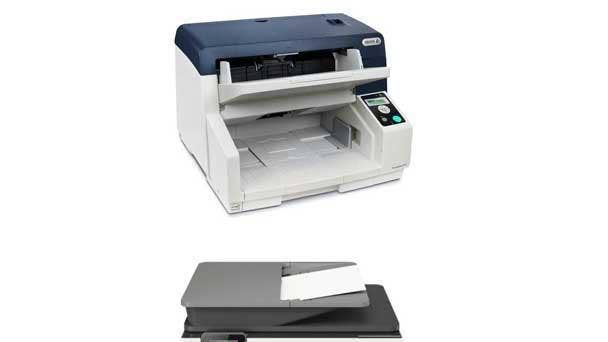
1. Xerox Drops Its Bid
On March 31, Xerox's hostile bid to acquire HP came to an end. Xerox withdrew its tender offer for HP shares and said it would not pursue the nomination of its candidates to HP's board of directors. Xerox's decision resulted from the COVID-19 pandemic and the "resulting macroeconomic and market turmoil," the company said.
The move came after Xerox's share price plummeted amid the global spread of the coronavirus. Xerox’s proposed $34.9 billion cash-and-stock deal for HP was pegged to a Xerox stock price of $37.68 a share from Feb. 6. Xerox's shares closed at $18.94 on March 31--leaving a massive gap in the company's proposed acquisition deal for HP.
A number of HP partners told CRN that they welcomed the end of the Xerox takeover saga. Harry Zarek, president and CEO of Richmond Hill, Ontario-based Compugen, said he was glad that HP would be rid of the distraction that Xerox's hostile takeover bid had created. "Anytime executives are distracted from running the business, that's a problem," he said.
At another major HP partner, Cleveland-based MCPc, CEO Andy Jones said that it was "good to have finality and closure" from the end of the Xerox bid. HP “seems to have hit their stride the last couple of years," he said. "Any acquisition like that tends to derail those efforts. It takes energy away from forward motions."